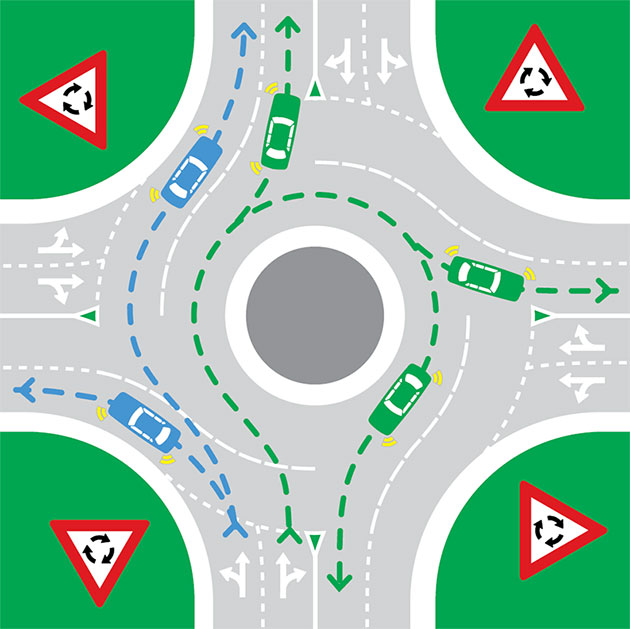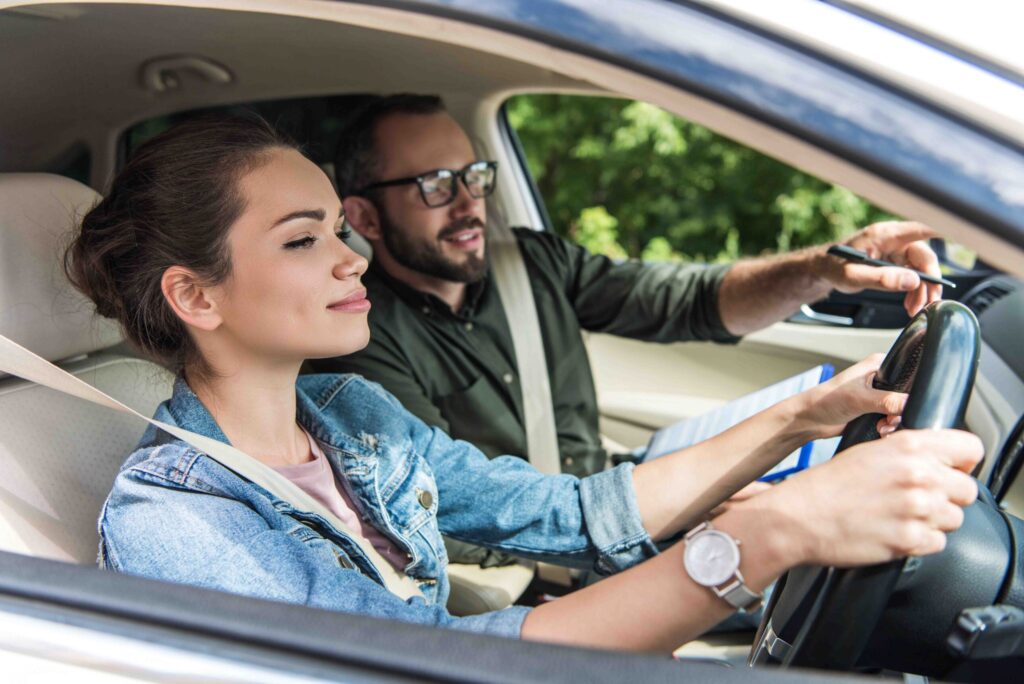Introduction
Picture this: you’ve just reached the legal driving age, buzzing with excitement, only to realise there’s more to getting your license than hopping behind the wheel. From knowledge tests to logbook hours, the journey through Australia’s licensing system can be confusing—especially for first-time drivers and their families.
The Australian graduated licensing system exists for a crucial reason: to build safe, competent drivers through staged learning and experience. Rather than rushing into full driving privileges, this system allows learners to gradually gain confidence, master vital skills, and reduce the risk of serious accidents.
Yes, the steps can feel overwhelming—especially since requirements vary slightly across states and territories—but they’re designed with safety in mind. This guide breaks it all down, offering you clear explanations of each stage, practical tips, and expert insight from the team at Driven to Drive Driving School.
We specialise in guiding learners through every milestone—from getting your learner’s permit to preparing for your P1, P2, and eventually your full license. This Australian graduated licensing system guide is your roadmap to success—start to finish.
Section 1: The Foundations of Graduated Licensing
The graduated licensing system is rooted in a simple yet powerful principle: young and new drivers face a higher risk on the road, so a phased approach is the safest way to develop skill and judgment over time.
Key principles that underpin the system include:
- Controlled exposure to risk
- Progressive skill development
- Supervised driving practice
- Restrictive conditions to limit distractions
- Zero tolerance for alcohol and drugs
These elements work together to reduce crash rates, which are significantly higher among novice drivers. Studies have consistently shown that jurisdictions with graduated systems experience fewer road fatalities among young drivers. Australia’s approach, which aligns with international best practices, has proven effective since its introduction and continues to evolve with road safety data.
At Driven to Drive, we embrace this framework fully—structuring our lesson plans to match the learner’s developmental stage and risk profile. We don’t just teach to the test; we teach safe, lifelong driving habits.
Section 2: Learner’s Permit (L-Plates): Getting Started
The journey begins with your L-plates—the learner’s permit stage. Here’s what you need to know:
- Age Requirement
Most states allow you to apply at 16 (varies slightly—check local rules). - Knowledge Test
This multiple-choice test assesses your understanding of road rules and basic safety. Study guides and online practice tests are widely available. - Application Process
Bring ID, proof of residence, and complete any required forms at your state licensing authority. - Supervision and Restrictions
Learners must drive under the supervision of a fully licensed driver. Some states require 100+ logged hours (including night driving). - Speed and Vehicle Restrictions
Maximum speeds often apply (e.g., 90km/h in NSW), and you may be restricted from towing or using mobile phones—even hands-free. - Display Requirements
Clearly visible L-plates must be displayed on both the front and rear of the vehicle.
Tips for Success:
- Choose a calm, experienced supervising driver.
- Use logbook apps or written logs to track hours accurately.
- Mix up your driving conditions: try night-time, wet weather, and quiet suburb routes.
At Driven to Drive, we offer beginner-friendly lessons tailored to boost your confidence early and ensure your foundation is rock-solid.
Section 3: Maximising Your Learning Experience on L-Plates
The learner phase isn’t just about ticking off hours—it’s about purposeful practice. Here’s how to make the most of it:
- Start Simple
Begin in low-risk areas like quiet streets or empty car parks to master basic controls. - Gradually Build Complexity
Move on to busier roads, roundabouts, and highways as your confidence increases. - Incorporate Variety
Drive at different times of day and in changing weather to gain adaptable skills. - Set Goals for Each Session
Focus on one or two skills per drive—like parallel parking or lane changing. - Reflect and Review
After each session, note what went well and what needs improvement.
Progress isn’t just about the logbook; it’s about the quality of your learning. Mistakes are expected—what matters is learning from them. Driven to Drive instructors use a structured learning model to develop essential habits in a calm, constructive way.
Section 4: Transitioning to Provisional Licenses (P-Plates)
After completing your learner period and logbook, the next challenge is the practical driving test to earn your P1 license.
Here’s what to expect:
- Booking the Test
You’ll need your logbook approved and ID documents submitted. - Driving Test
Expect to demonstrate control, hazard response, parking, and safe decision-making. Tests are done on public roads with an examiner. - Common Challenges
Nervousness, unfamiliar routes, and failing to check mirrors or blind spots are frequent causes of failure. - Test Readiness
If you’re not sure you’re ready, book a mock driving test with Driven to Drive. Our instructors simulate the real exam environment and give you honest feedback.
Our test preparation packages include detailed feedback, confidence-building strategies, and targeted skills coaching. Many of our students pass on their first attempt!
Section 5: P1 License (Red P-Plates): The First Stage
Once you pass the test, you’ll hold a P1 (Red P-Plate) license. Restrictions vary by state, but common rules include:
- Duration
Minimum of 12 months before progressing to P2. - Passenger Restrictions
Limits on the number of young passengers—especially at night. - Vehicle Restrictions
High-performance cars are off-limits. - Technology Ban
No mobile phone use—even hands-free. - Speed Limits
Usually capped at 90–100km/h depending on your state. - Display Requirements
Red P-plates must be clearly displayed at all times. - Demerit Points
Accumulating too many can lead to suspension—only a few points are allowed.
P1 drivers are at high crash risk, particularly at night or with peers in the car. That’s why Driven to Drive continues offering support during this period—including refresher lessons, safety workshops, and real-world hazard coaching.
Section 6: P2 License (Green P-Plates): Building Independence
After 12+ months of clean driving, you may upgrade to your P2 license. Here’s what changes:
- Fewer Restrictions
Passenger and vehicle limits ease slightly. - Time on P2
Usually 2 years before progressing to full license. - Continued Zero BAC
You must still have no alcohol or drugs in your system. - Demerit Points
You get slightly more leeway, but violations still carry serious consequences. - Interstate Driving
P2 conditions usually apply no matter where you drive in Australia.
This phase is all about developing independent judgment while maintaining safety. We recommend advanced skills sessions with Driven to Drive, such as defensive driving, night-time hazard training, or rural driving confidence.
Section 7: Achieving Full Licensure: The Final Step
After completing your P2 period:
- Eligibility
You must have held P1 and P2 for the minimum required time (typically 3 years total) with a clean driving record. - Application Process
Submit documentation and pay applicable fees—some states require an eyesight test or online module. - Privileges
Full license holders are free from plate display, speed, and passenger restrictions—but with this freedom comes greater responsibility. - Insurance
Expect better insurance rates as a fully licensed driver, but safe driving records still matter. - Refresher Options
Been off the road for a while? Driven to Drive offers refresher programs to get you back in the driver’s seat confidently.
Section 8: Common Challenges and How to Overcome Them
Every driver faces bumps in the road. Common struggles include:
- Test Anxiety
Practice under test conditions. Use breathing techniques. Visualise success. - Tracking Logbook Hours
Use an approved app. Plan regular drives with a supervisor. - Lifestyle vs. Restrictions
Plan around curfews or passenger rules—explain the rules to friends in advance. - Confidence Drops
After a near-miss? Book a session with Driven to Drive to regain confidence. - Moving Interstate
Licensing transfers vary—check local requirements early.
We help learners and provisional drivers overcome these with customised coaching, psychological support, and practical strategies tailored to your needs.
Section 9: Special Considerations
Driving isn’t one-size-fits-all. Special cases we support include:
- Mature-age Learners
We offer patient, tailored instruction for adults learning later in life. - International License Holders
Need help converting your overseas license? We guide you through the process. - Disabilities and Medical Conditions
We liaise with medical professionals and offer adaptive instruction when needed. - Rural Drivers
Strategies for long-distance travel, wildlife hazards, and vehicle maintenance are included in our rural programs. - Returning Drivers
Haven’t driven in years? We provide gentle reintroduction lessons.
At Driven to Drive, we believe everyone deserves access to safe, empowering driver education.
Conclusion
Australia’s graduated licensing system is more than a set of rules—it’s a proven framework that produces safer, more confident drivers. Each phase builds on the last, creating a foundation of skill and responsibility that lasts a lifetime.
Navigating this journey takes patience, preparation, and the right guidance. Whether you’re just starting out or nearing your full license, Driven to Drive Driving School is here to support you with structured lessons, personalised coaching, and real-world insight.
Ready to take the next step?
Book your first lesson today or explore our learner, test-prep, and advanced packages.
Visit [Driven to Drive’s website] or call us to learn more—we’re ready when you are.
L-Plates:
- Age: Usually 16+
- Pass knowledge test
- Supervised driving only
- Log required hours (e.g. 120 in NSW)
- Max speed: 90–100km/h
- Zero alcohol/drugs
P1 (Red P):
- Duration: 12 months
- Passenger & speed restrictions
- Zero alcohol/drugs
- No phone use
P2 (Green P):
- Duration: 24 months
- Slightly eased restrictions
- Still zero alcohol
Full License:
- Must complete P1 + P2
- Clean record
- No additional assessments (varies)
State Differences:
Always check local licensing authority (e.g., NSW RMS, VicRoads, QLD TMR)
📍 Visit: driventodrive.com.au
📞 Call: 0416 321 572
📧 Email: driventodrive@outlook.com



